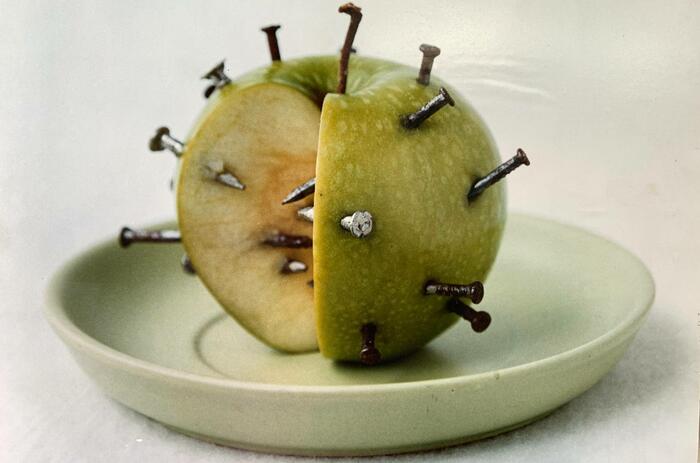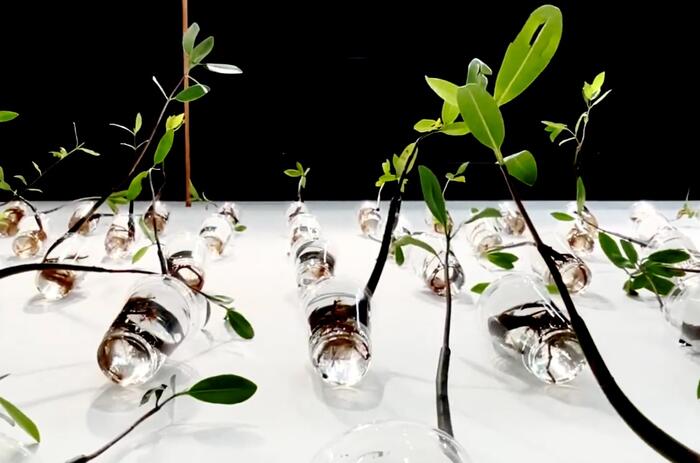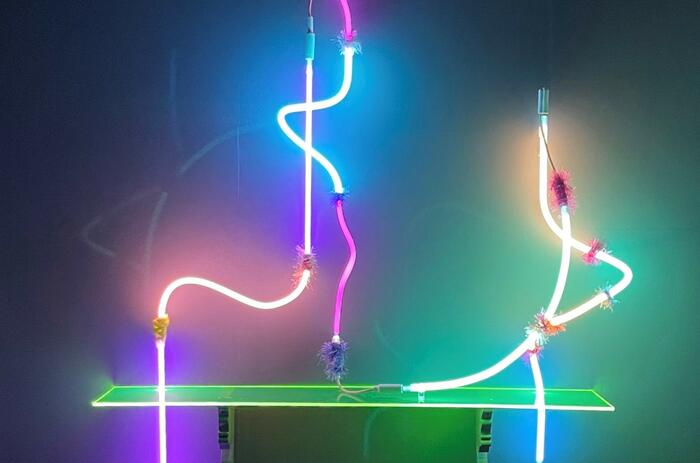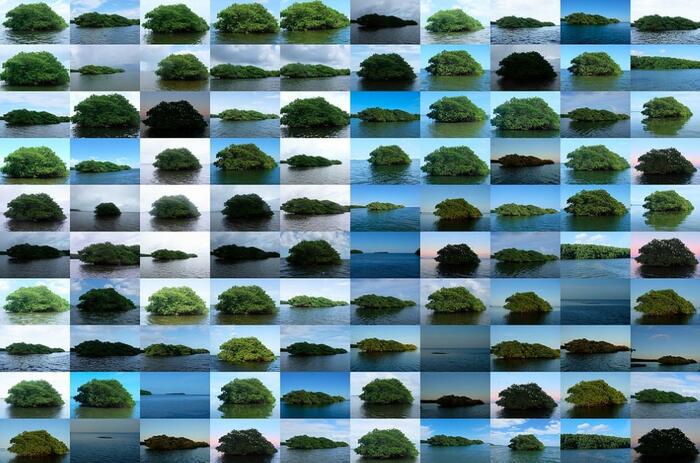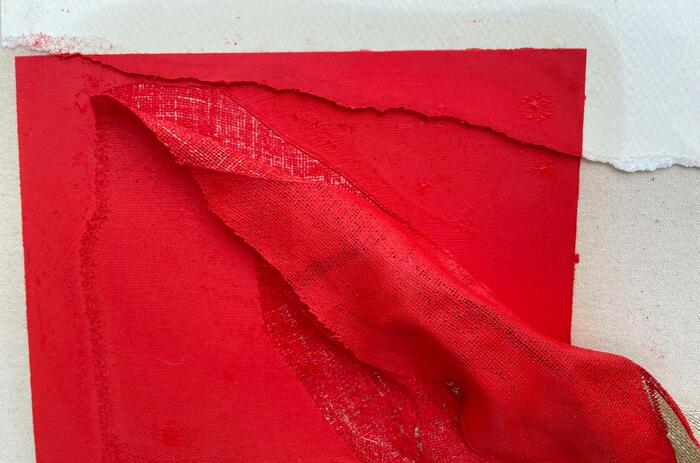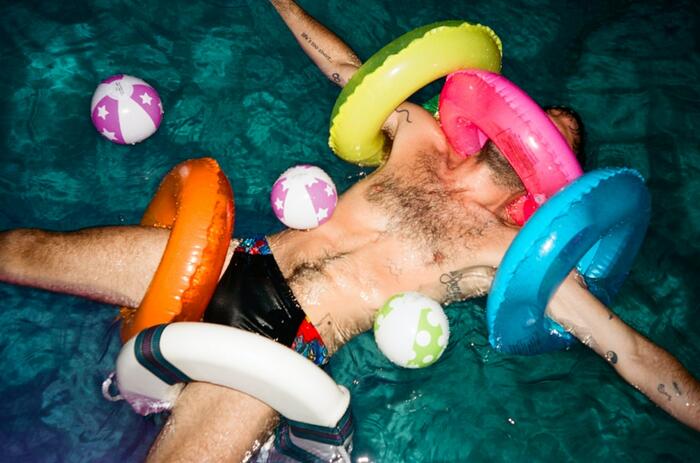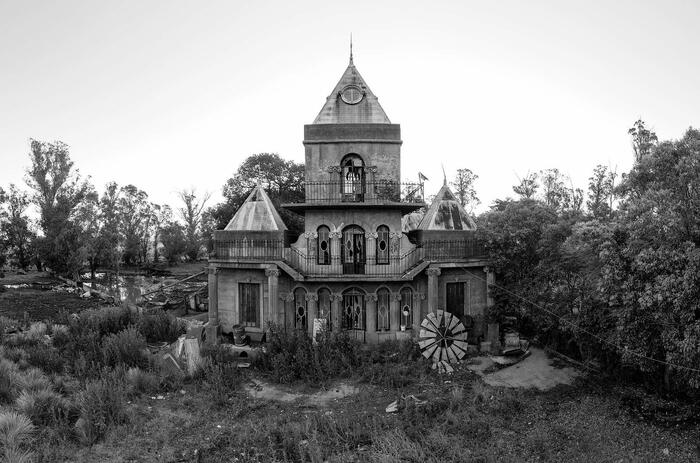G.A. JAKUBOVICS: BUILDING MIAMI AS HIS OWN SCENARIO
ArtMedia Gallery, Miami
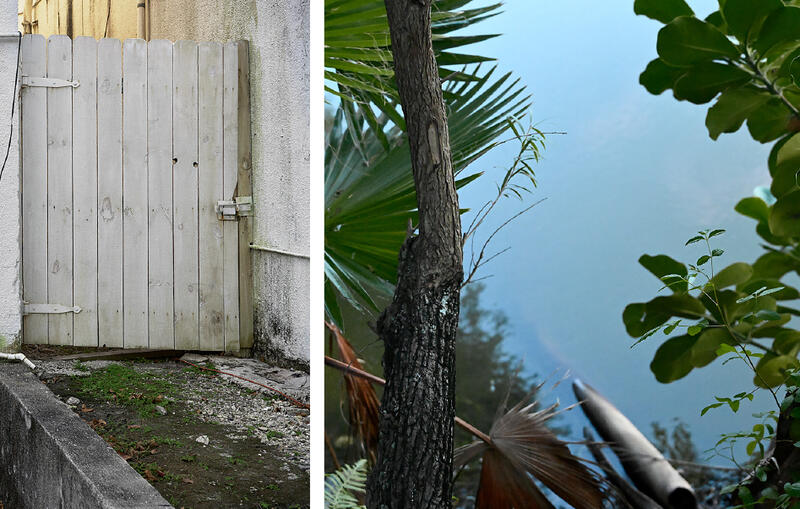
A place for Affections, by G.A. Jakubovics, is an exhibition made up of a record of architectural constructions and natural scenes that together display a poetic characteristic of the domestic space, perceived from its existential link with the surrounding topography of Miami,[1] the city inhabited and traveled by this immigrant artist. A Venezuelan born in Haifa, Israel, Jakubovics establishes himself in it through the subjective exercise of apprehending it while developing a photographic work to investigate Miami's tacit codes.
On the other side of the front door, as Gaston Bachelard knew, is the world. [2] It is the city as the great house to which one has arrived and registered to recognize it and recognize oneself in it, to the point of becoming precisely "a place for affections," as highlighted in the mentioned title. The exhibition, curated by José Antonio Navarrete, gathers a series of photographs taken in Miami in the last seven years as part of the phenomenological experience of "being there" and taking root daily.
If the configuration of a particular typology and the absence of passersby in the set of photographs, taken repeatedly in empty spaces, establishes a distant link with the Bechers' legacy at the Düsseldorf School, Jakubovics' approach is intimate. Far from the search of objectivity at positioning from a distance in which the context fades, it refers to the immediacy of life itself: to the architectures surrounding him while living and working in that Miami that he is also appropriating when he portrays it from a close-up perspective. Leaving monumentality aside, the artist concentrates on fragmentary visions of neighboring places such as the balcony, the access stairs, the common gardens illuminated at a precise moment, or in certain angles of interiors inhabited by familiarity.
-
Diptych 2: Untitled #3, Aventura, Miami-Dade, FL, 2020 Untitled // #4, Aventura, Miami-Dade, FL, 2020
His photographic mapping of inhabited architectures, small residential complexes surrounded by green or adorned with elements of this nature artificially inserted in the border areas of urban dwellings, has been built with diptychs that have a hybrid nature: they cannot be classified as exterior and interior, but as intermediate spaces, permeated by the experience of suggesting a dynamic relationship of the outside-inside, inside-outside. In fact, the photographs have been taken from a threshold of vision in which the interior and the exterior contain one another and/or go beyond their boundaries. It is thanks to their particular referential elements or because they are so contiguous that, in short, it is not possible to radically separate what is on either side of the door.
The traditional differentiation between nature-civilization is also unstable in Jakubovics' images. On the one hand, there is no landscape not sifted by urban practices, nor a segment of untouched nature in any photograph. On the other, it is already known, from the lessons of Denis Cosgrove, that every landscape is in itself "a way of seeing that has its own history, (…) that has its own techniques of expression, but techniques which it shares with other areas of cultural practice."[3] In the construction of the binary works, Jakubovics usually combines an architectural space —a rickety and semi-moss-covered portal; the door of a bathroom, with a hanging towel, stained by the humidity of the environment; a balcony or a staircase with decorative plants photographed from the threshold of an interior; the abstraction in the concrete floor through which the undergrowth makes its way, for example— with different approaches to planes made up entirely of that domesticated nature that surrounds the houses or adorns their interiors, and not only contains some architectural elements in various scenes but appears under the focus of urban artifice.
-
Diptych 5: Untitled #9, Aventura, Miami-Dade, FL, 2019 Untitled // #10, Wynwood, Miami-Dade, FL, 2020
-
Diptych 10: Untitled #19, Aventura, Miami-Dade, FL, 2016 Untitled // #20, Aventura, Miami-Dade, FL, 2021
-
Diptych 11: Untitled #21, Aventura, Miami-Dade, FL, 2020 Untitled // #22, Aventura, Miami-Dade, FL, 2020
So what we see in Jakubovics' diptychs is, above all, the construction of a Miami everyday life scenography as a mirror of the natural manner we coexist to such an extent with artifice that not even plants escape from looking like it does. This quality, far from decreasing the image's beauty, intensifies it being exploited with visual acuity by the artist, both in his photographic composition and the way of displaying his work inside the gallery space with the acquiescence of the curator Navarrete. He is correct in stating that each of Jakubovics' photographs "can function as an accurate example of the grammar of art," even though "the most significant thing in his proposal is the construction of relationships between the images."
The quality of this artifice, exacerbated by the formal choices at composing each photograph, reaches its maximum possible with the installation in the room. Large rectangular planes of color highlight the chromatic focuses of attention and evoke multiple gradations of green ─from pale mint to olive green─ or ocher and beige. The lighting reinforces the presence of the artificial in this highly personal urban documentation in which life in Miami appears as scenery, and a particular atmosphere of unreality embellishes it. In several pictures, the effect of electric light is noticed, which produces a chromatic atmosphere of cold tonalities: in images with greens and blues with soft gradations, possibly taken at the beginning or end of the day, or night, when a certain silence is accompanied by the desert streets, or with the stillness inside the houses. Whether or not sourced from the streets, gardens, or rooms, the lights intensify the scenography character of this affective documentation, capable of stopping in contemplative planes full of formal resonance and transforming the city into a small show. What is focused is nothing other than the flow of every day and its artifice in this United States of America region. A close-up of the green and purple leaves of a bush, possibly captured on a balcony or platform, forms a diptych with an exterior night shot of the white building where the name of the "Hotel New Yorker" glows in violet neon. Infinite associations and readings arise from the relationships between the scenes found and the aesthetic choices of the gaze. A circular festoon with intense red abandoned in a garden is accompanied by a building decorated with several palms that project their shadows on the wall of the residential complex that offers on its first floor, as a showcase, a business where red light prevails. In one photo of another diptych, Jakubovics captures an interior with decorative elements that reinforce this symbiosis between nature and artifice, or a painting, like a Magritian window, with a rising sun on an abstract horizon. Its complementary image represents profuse vegetation, without any architectural element, but undoubtedly illuminated by an artificial light source.
The record is not of the lives of others as in Bill Owen's Suburbia and its photographic histories of the families of three communities in California in the seventies. It is that of life itself, told in an empty scene of people, from architectural spaces in conjunction with domesticated nature. Jakubovics' attempt of appropriation leads to creating that parallel aesthetic refuge that constitutes its series: the double of the city transformed by its poiesis, by the creative act of giving Miami a parallel existence. We stand, in a way, before nature as fiction or at least artificially displayed on a stage where an actual representation takes place: the artist's daily life. In his book America, Jean Baudrillard describes New York on the assumption that all those who wander the streets have nothing better to do than dedicate themselves to the production of "the permanent setting of the city" [4] and affirms: "America is neither dream nor reality. It is a hyperreality. It is a hyperreality because it is a utopia which has behaved from the very beginning as though it were already achieved."[5] Jakubovics resembles those passersby, but his series, splendidly installed, gives us a very personal simulation, made with formal intelligence and vital sensitivity, of Miami and its own manner of utopia and artifice.
[1] “The argument is made that, on one hand, inhabitation involves a lived whole unified by its total character. On the other hand, inhabitation involves a lived dialectic founded in a twofold significance involving internal diversity versus external connectedness.”
Seamon, David. “Gaston Bachelard 's Topoanalysis in the 21st Century: The Lived Reciprocity Between Houses and Inhabitants as Portrayed by American Writer Louis Bromfield.” Phenomenology, 2010 vol. 5: Selected Essays From North America. Part 2 (2010): 225–243. Web.
[2] In his Poetics of Space (1958), Bachelard begins the opening chapter, dedicated to the house, quo-ting this line from Pierre Albert-Birot: “Who will come knocking at the door? (…) "The world is knocking on the other side of my door." Les amusements naturels, p. 217.
[3] Cosgrove, Denis, E. (1984–1997). Social Formation and Symbolic Landscape. Madison: The University of Wisconsin Press. P.14.
[4] Baudrillard, Jean. America. First published as Amérique by Bernard Grasset, París, 1986. Line 2010, p.18.
[5] Op.Cit., p.28.

